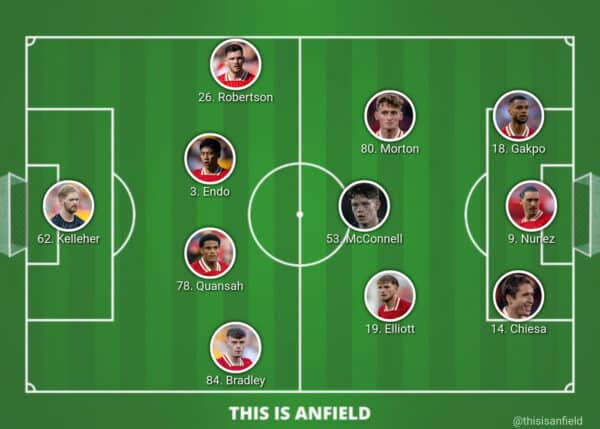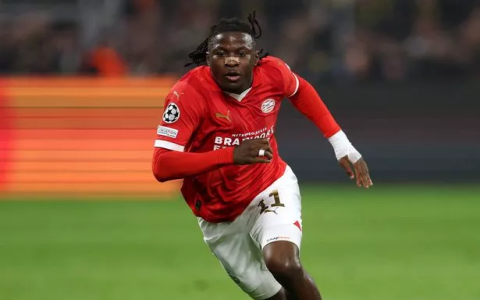Alright folks, so this PSV vs Liverpool player position thing got stuck in my head after the game. Just couldn’t shake it, you know? Felt like diving into the stats myself, see how they moved across the pitch compared to each other. Gotta scratch that itch.
Gathering the Raw Stuff
First step? Getting the data. Obvious, right? I cracked open my laptop, started digging around the usual football stats sites. Took longer than expected, honestly. One site had the positions but missing key stats for some players, another had the stats but the position map looked kinda sketchy. Annoying! Spent a good thirty minutes hopping between tabs, finally cobbled together what felt like a decent picture for both sides by cross-referencing like three different places. Had to squint at some heatmaps. Coffee helped.

The Messy Middle Part
Next up? Actually putting them side-by-side. Thought it would be easy. Ha. Opened up a simple spreadsheets program. Started typing in names, positions, numbers for passing accuracy, tackles, distances run – all that good stuff. Then the headache started. Liverpool plays different shapes depending if they’re attacking or defending. PSV was shifting around too according to my notes. How do you even show that on a static spreadsheet? I ended up doing it twice: one snapshot for average position when they had the ball, another when they didn’t. Had to color-code like crazy, borders everywhere. Looked like a toddler’s art project at one point. Seriously messy. Took ages to clean it up enough to make some kind of sense.
Staring at the Wall of Numbers
Finally had my ugly-but-functional spreadsheets open. Just sat there staring at them. Looking for patterns. That’s the whole point, yeah? Noticed some big stuff first:
- Liverpool’s Midfield Triangle: Those three in the middle? Looked like they stayed closer together than PSV’s bunch, especially without the ball. Really tight little knot trying to shut things down.
- PSV’s Wide Stretch: Their wingbacks? Push way, way up high practically glued to the sideline. Made the whole team look wider. Liverpool’s wider players tucked in more when defending.
- Distance Kings? Swear one of PSV’s midfielders had legs made of iron. His “distance covered” number was way up there compared to Liverpool’s similar position. Makes you wonder about the pressing workrate.
Also, noticed Liverpool’s main striker dropping deep way more often than PSV’s target man based on where the dots landed. Like a false nine kinda thing sometimes. PSV’s guy seemed glued to the center backs.
The “Aha?” Moment (More Like an “Okay, Maybe” Moment)
Comparing stats for defenders was wild. Liverpool’s center backs had fewer successful tackles than PSV’s pairing. Fewer! But then I saw why – their pass success rate from the back was crazy high, like nineties-percentile stuff. Looks like they focused more on keeping the ball, playing out calmly, rather than sliding in wildly like heroes. PSV’s guys? More tackles won, sure, but also way more long balls hoofed away, which usually just gave it back to Liverpool. Different solutions to the same problem.
Then there was this one spot on the pitch – down the sides near the halfway line – where Liverpool seemed to lose possession way more than PSV did, especially their full-backs trying to push forward. Little pockets where they kept getting caught.
Closing the Laptop (With a Sigh)
So, done? Honestly? Kinda exhausted my brain staring at all those columns of numbers. Feels like I’ve seen shapes dancing behind my eyes. You could probably keep digging forever, right? Found some clear differences in shape, some noticeable gaps in workrate numbers, and how each team handled pressure at the back.
Final thoughts? Liverpool felt more compact, kept the ball better under pressure at the back, but maybe got stretched out wide sometimes during attacks. PSV pressed harder in midfield, stayed wide as heck when going forward, but had to fight more scrappy battles to win the ball back. Does it explain the scoreline completely? Nah. But it shows how the fight happened on the pitch. Now I need a nap.

